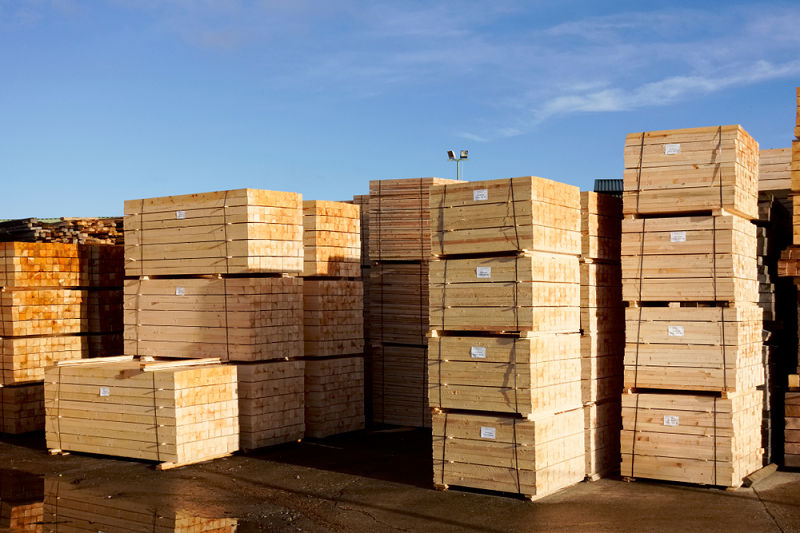The packaging of different products and preparing pallets for shipping are crucial for everyone involved in the industry. From an entrepreneur to a large scale established businessman almost everyone needs to be extra careful while shipping their goods to different parts of the country or the globe. Few objects are more delicate and come with “fragile” or “handle with care” label. Not only businessmen but also people who are moving from one place to another require high-quality packaging. Pallets are inseparable parts of the shipping industry and wooden cases & crates are popular and most commonly used options. But there are other options as well.
The three most widely used materials in the packaging and shipping industry are natural wood, plastic, and cardboards. Cardboard can be used with inbound shipping of lighter loads or those that can do without much care. But when it comes to shipping larger delicate objects such as plastic pallets and wooden cases & crates are the most widely preferred by the people involved in the packaging and shipping industry. Now you must be wondering whether wooden crates could be a better choice compared to the plastic ones. Well, it is not that simple. There are a lot of load specifications and considerations that separate the two options from each other. Here is a comparative study of both types of shipping pallets that will help you choose your personal favorite.
Plastic vs. wood- A common packaging dilemma:

#1. Durability: Wooden cases & crates are undoubtedly stronger but they are more rigid as well. When it comes to stretching wood is not an option. On the other hand, commercial-grade plastic is durable too but its strength purely depends on the quality of the plastic material. Wood is more durable than plastic. But when it comes to stretching plastic crates are more dependable as the wood material is extremely stiff.
#2. Weather, moisture and bug proofing: Wood is highly susceptible to water and other kinds of liquids. The wooden crates need moisture proofing whereas plastic ones are resilient to moisture all by itself. Plastic crates do not support mold growth, fungus growth or bug population but wooden cases & crates, when coming in contact with moisture for an extended period of time or kept in a damp environment for a prolonged period, can develop a great deal of fungal and mold growth. In addition to that wood is always susceptible to termites and other bugs. Hence bug proofing the wooden crates is a major concern.
#3. Use of fasteners: Wooden cases come with fasteners which are often not recommended when packaging fragile goods as these fasteners often lead to damaging fragile objects. Plastic cases, on the other hand, come with ample cushioning and are devoid of such fasteners.
#4. Toxicity: Wooden cases & crates are natural products, easy to recycle and reuse. They never liberate harmful toxins. Plastic, on the other hand, is synthetic and often reported to release harmful toxins when coming in contact with certain chemicals or elements.
#5. Eco-friendliness: Wood is naturally occurring and is a greener option compared to the synthetic plastic alternatives as they can be easily reused, repaired and disposed of. However, plastic crates are not recyclable, difficult to repair and their disposal possesses many environmental threats. It is not at all eco-friendly.
#6. Load capacity: Plastic is good for shipping products that are less than 1500 pounds in weight. For heavier packaging wood is a more feasible option.
#7. Price: Wood is abundant in nature and hence wooden cases & crates are way cheaper than the plastic cases. A plastic crate can cost you thrice as much as a wooden crate and hence is not very economical.

